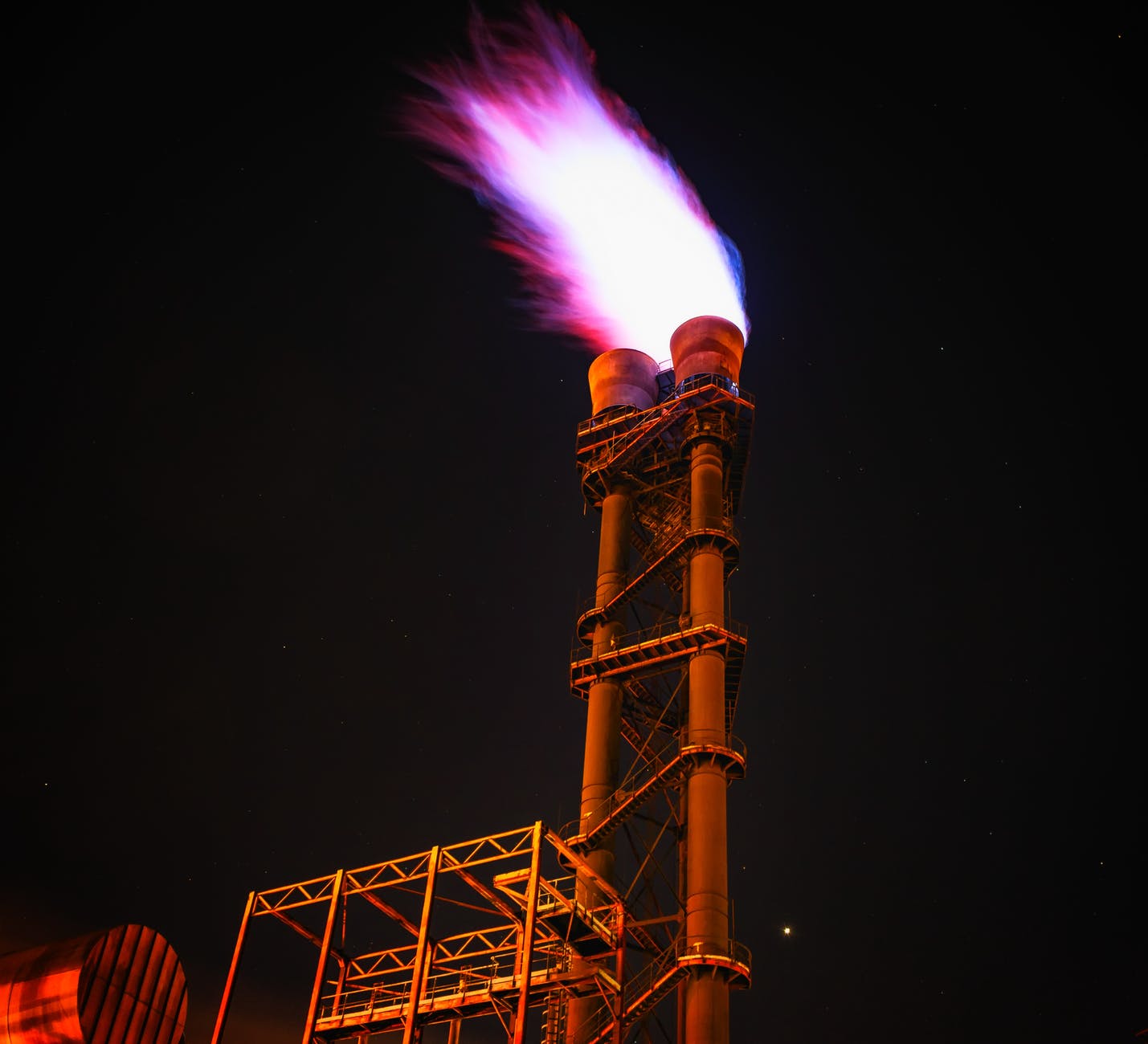
By Lucy Wyndham
UNDATED – Academics from UCLA and the University of Southern California have discovered that over 500,000 Americans are exposed to oil and gas ‘flaring’ – the controlled burning of natural gas during oil and gas exploration.
This procedure is mainly undertaken in three basins in the U.S., which are located in North Dakota and Montana, Texas-New Mexico, and Texas. Flaring is primarily used to burn off unwanted flammable gas released by pressure relief valves in various scenarios – for instance, when plant equipment is over-pressured and relief is sought. UCLA researcher Lara Cushing has warned, however, that there is an increasingly large body of evidence linking these operations to negative health impacts for residents living in nearby areas. For instance, they have been found to affect fetal growth and preterm birth.
What Gases Are Released During Flaring?
The studies undertaken on the air quality in these areas have found the presence of various pollutants which are dangerous to human health – including nitrogen oxides, black carbon, volatile organic compounds, polycyclic aromatic hydrocarbons, and carbon monoxide. Some of these gases can also be leaked if home furnaces are unsafe. For instance, furnaces that are not regularly maintained can develop leaks, and carbon monoxide could be released. For this reason, keeping furnace flame sensors operative, checking for leaks, and being vigilant to how a furnace is functioning are all key to maintaining good indoor air quality. When these gases are released from outside sources, however, there is little that residents can do to protect themselves against their effects. Homes with poor circulation, meanwhile, can experience the entrance of toxic gases from outside into the indoor environment.
Health Risks And Specific Populations At Risk
The regions located close to sites used for exploration have high poverty levels and large populations of minorities – including the Native Americans in North Dakota and Montana. They are now at risk of various health risks – including the worsening of respiratory conditions and asthma, cardiovascular disease, and nervous system disorders. These toxins are also linked to cardiopulmonary issues. The study was undertaken over a period of eight years. During this time, the researchers found around 31,000 active wells in the Permian Basin, 28,000 in the Western Gulf Basin, and 18,000 in the Williston Basin. The latter produced a significantly higher number of flares than the other two areas.
Alternatives To Flaring
The U.S. Department of Energy reports that states (including North Dakota) are currently working with producers to limit the need for flaring without impacting the production of oil and gas from new wells. Technologies currently exist that enable companies to capture gas that would otherwise be flared. These gases can then be compressed and trucked short distances away for use as fuel for oil field activities. Gas can also be converted into electricity with the use of small generators.
Recent research indicates that citizens near America’s three largest oil and gas basins are subjected to unhealthy levels of gas owing to flaring. State governments are currently working to reduce the need for this procedure. There are many alternatives available – including the compression and transport of gas for other uses.
